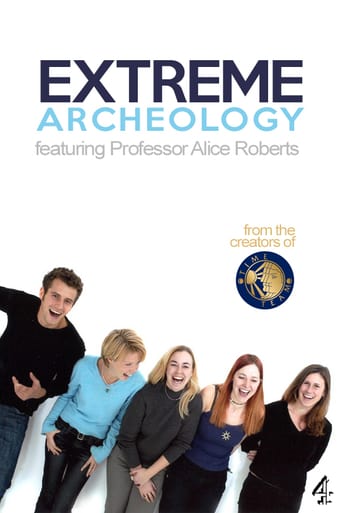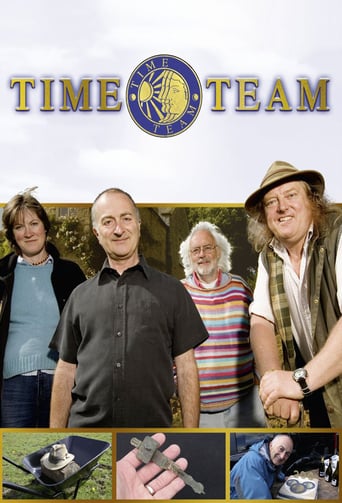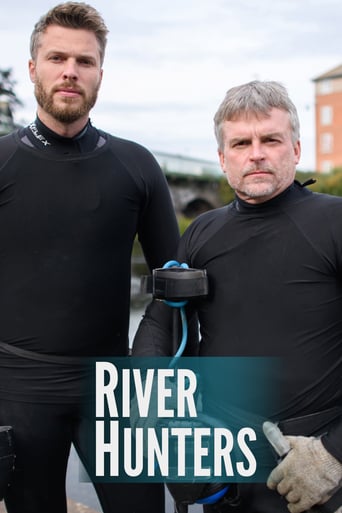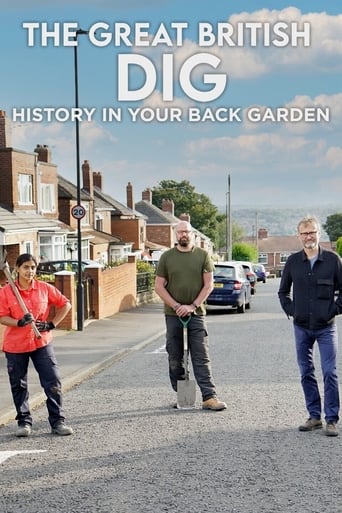Extreme Archaeology (2004)

A new Channel 4 series takes archaeology to the edge this summer as a team of experts tackles sites across the country that are beyond the reach of normal investigations. In Extreme Archaeology, an eight-part series starting on 20 June, a team of archaeologists with help from top climbers, cavers and divers investigates amazing and unique archaeological sites throughout the UK. Many archaeological locations are beyond the reach of your average archaeologist. They are found in inaccessible caves, on treacherous cliffs, deep under water, or in locations simply too remote or dangerous for normal investigation. Their remoteness often means that their secrets are unique, but they can also be under threat from erosion or other factors and this adds a rescue element to any investigation. Using some of the most advanced scientific equipment available, and high-tech miniature cameras and communication systems to record the action, Extreme Archaeology's experts are dropped into extreme and inaccessible environments under time and other pressures that test their personal and professional skills to the limit.
Watch NowExtreme Archaeology
2004


A new Channel 4 series takes archaeology to the edge this summer as a team of experts tackles sites across the country that are beyond the reach of normal investigations. In Extreme Archaeology, an eight-part series starting on 20 June, a team of archaeologists with help from top climbers, cavers and divers investigates amazing and unique archaeological sites throughout the UK. Many archaeological locations are beyond the reach of your average archaeologist. They are found in inaccessible caves, on treacherous cliffs, deep under water, or in locations simply too remote or dangerous for normal investigation. Their remoteness often means that their secrets are unique, but they can also be under threat from erosion or other factors and this adds a rescue element to any investigation. Using some of the most advanced scientific equipment available, and high-tech miniature cameras and communication systems to record the action, Extreme Archaeology's experts are dropped into extreme and inaccessible environments under time and other pressures that test their personal and professional skills to the limit.
Seasons & Episode

The team travel to the river Wye to investigate a strange formation that only appears at low tide. Conditions are a terrible combination of sucking mud and extreme tides. The team's goal is to confirm the formation they can see is part of a bridge built by the Romans during their invasion of Cornwall.


Tintagel a rocky outcrop on the Cornish coast has long been associated with the legends of King Arthur. The team needs to negotiate the rocky cliff faces to discover the truth about the site. Can they find evidence of inhabitation between the occupation of the Romans and the medieval conquest by the English?


In south west Wales the chance discovery of ancient coffins weathering out of a cliff face entice the team to examine who the graves belong to and how many people are actually buried in the area. As evidence is uncovered many of the team go through strange emotions as the truth about the site is revealed.


The team investigates a cave system recently discovered under the Forest of Dean on the border of England and South Wales. They are looking for ways to identify and date a series of bones possibly dating to the last ice age found over the last 13 years. Conditions are arduous and the expedition soon takes a heavy toll on a number of team members.

A new Channel 4 series takes archaeology to the edge this summer as a team of experts tackles sites across the country that are beyond the reach of normal investigations. In Extreme Archaeology, an eight-part series starting on 20 June, a team of archaeologists with help from top climbers, cavers and divers investigates amazing and unique archaeological sites throughout the UK. Many archaeological locations are beyond the reach of your average archaeologist. They are found in inaccessible caves, on treacherous cliffs, deep under water, or in locations simply too remote or dangerous for normal investigation. Their remoteness often means that their secrets are unique, but they can also be under threat from erosion or other factors and this adds a rescue element to any investigation. Using some of the most advanced scientific equipment available, and high-tech miniature cameras and communication systems to record the action, Extreme Archaeology's experts are dropped into extreme and inaccessible environments under time and other pressures that test their personal and professional skills to the limit.
Watch Trailer
Free Trial Channels































